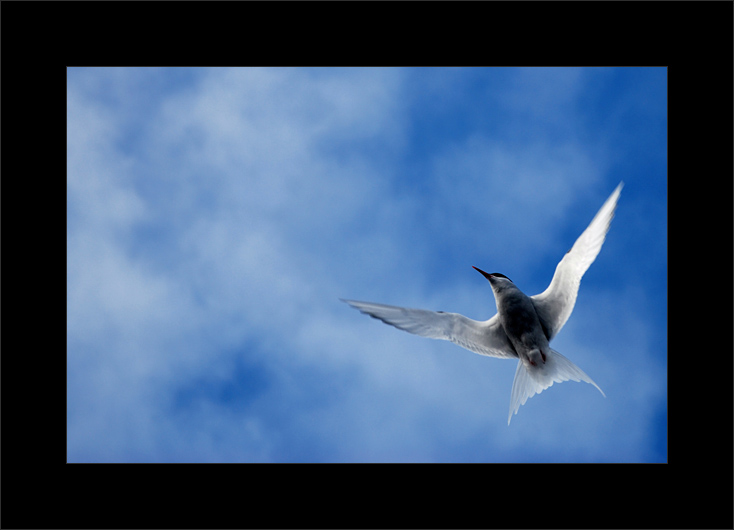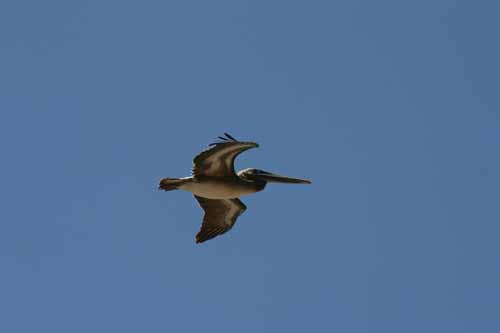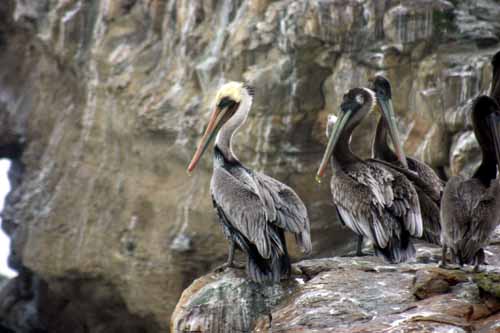by Nate Jones, Vertebrate Ecology Lab
(Note: I last posted about my Alaskan surveys loooong ago in October, with a post about how stormy it’d been out on the Bering Sea…)
10 June, 2008: Today has been marvelous. The storm had passed, and wildlife was everywhere! My seabird surveys are keeping me very busy, but the whales are stealing the show.
The ocean is impossibly calm, like glass; when I got up to the bridge to look out over the surroundings, it was difficult to tell even if the boat was moving – so smooth was its progress, and so monotonous is the gray sea surface. Spotting birds today has been a treat. Lots of little auklets, looking like buzzing avocados, their stubby wings flapping furiously. We also have had some good whale sightings. At least three Fin Whales… and two groups of Killer Whales have passed within viewing distance. It’s so peaceful here today. The ship’s engines just rumbling along, and only a very slight rocking under me to bring water to mind.
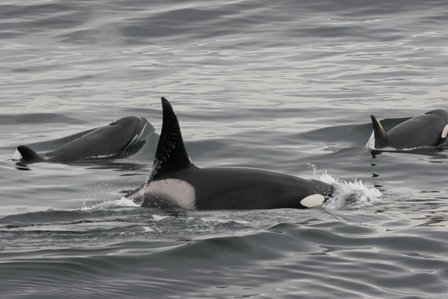
(Photo: NOAA/NMML)
And, then, this evening I had one of those peak life moments that I feel so privileged to experience: a feeding symphony of birds and whales
We had slowed for a trawl to try to catch some pollock (fish) to sample. It was going on about 10:30pm, and still plenty of dim light left in the day. Marty and I don’t survey for birds during trawls because the flocks of scavenging fulmars and gulls present during fishing exercises confound our estimates of what free-ranging birds are “normally” doing. So, I was done for the night.
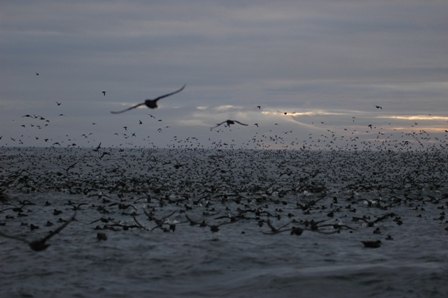
But, we were fishing right on the north side of Unimak Pass, one of the larger gaps in the eastern Aleutian chain, and a major funnel through which water and animal life move between Pacific and Bering waters. There is often an abundance of marine life at these Aleutian passes, so I stuck around upstairs on the bridge to see what might show up…





